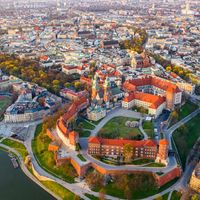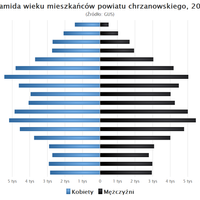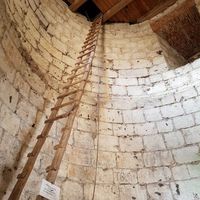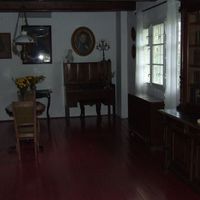Olkusz Upland
7.49

Overview
The Olkusz Upland, part of the Kraków-Częstochowa Upland, covers an area of approximately 820 km². Its official name was adopted in 1991, and the region was divided into microregions, including the Rabsztyn Hills, the Sułoszowa Plateau, and the Ojców Upland. There are three towns in this area: Olkusz, Wolbrom, and Skała. Olkusz, a historic mining town, was known for silver and lead extraction in the Middle Ages, and today it continues zinc ore mining, as well as operating a cement plant and a paper mill. Tourism is becoming increasingly important, with an extensive network of hiking, cycling, horseback riding, and skiing trails. Major tourist attractions include Pieskowa Skała Castle, the ruins of castles in Rabsztyn and Ojców, and famous caves such as Ciemna Cave and Łokietka Cave. The area is rich in nature, including Ojców National Park with diverse flora and fauna, symbolized by bats. There are many valuable nature trails, as well as the Kraków Valleys Landscape Park. Geologically, the upland is mainly composed of Jurassic limestone, karst formations, and monadnocks. Important valleys, such as the Prądnik Valley, showcase karst phenomena, and the significant elevation differences make these areas highly attractive for climbers. The region faces the problem of industrial pollution carried from Upper Silesia, which negatively affects its ecosystem. Small local artisans engaged in traditional crafts and a rich history of nearly a thousand years of mining traditions and castles add cultural and architectural value to this unique region.
Location
2025 Wizytor | All Rights Reserved









